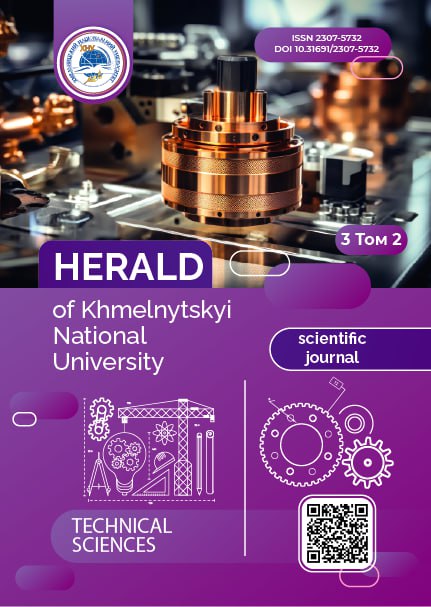METHODS FOR ANALYZING TRANSIENT PROCESSES IN THYRISTOR SIGNAL MODULATORS
DOI:
https://doi.org/10.31891/2307-5732-2025-353-31Keywords:
thyristor signal modulator, transient processesAbstract
This paper presents a comprehensive analysis of methods for investigating transient processes in thyristor signal modulators—critical components in power control systems used across various industrial and energy applications. The study focuses on three principal approaches: mathematical modeling, software-based simulation, and experimental analysis. It emphasizes the role of physical models based on semiconductor physics, quasi-physical models that combine theoretical and empirical elements, and behavioral models that approximate device characteristics through mathematical functions. Each modeling approach is examined in terms of its accuracy, computational complexity, and applicability to different levels of analysis—from device-level physics to system-level behavior.
The paper provides an in-depth review of general-purpose simulators like MATLAB/Simulink and SPICE, as well as specialized tools such as TCAD simulators and electrothermal platforms like TwisterSim and ST PowerStudio. These tools are crucial for studying the dynamic behavior of thyristors, including switching delays, thermal effects, and recovery characteristics. Additionally, the work outlines the importance of experimental validation, describing techniques for measuring key parameters such as turn-on and turn-off times, voltage and current rise rates (dv/dt, di/dt), and holding and latching currents. Such measurements support the calibration and verification of numerical models.
A comparative analysis highlights the strengths and limitations of each method. Mathematical modeling offers deep insights into internal device physics but requires detailed structural data. Software simulation enables the study of complex circuits under various operating conditions with lower cost and risk. Experimental methods yield the most reliable data but involve high equipment costs and practical limitations. The paper concludes by identifying promising research directions, including the development of real-time modeling techniques, multiphysics simulations, and control strategies for thyristor-based FACTS devices in smart grids.
Downloads
Published
Issue
Section
License
Copyright (c) 2025 ДЕНИС ХОМЮК, ВОЛОДИМИР САМОТИЙ (Автор)

This work is licensed under a Creative Commons Attribution 4.0 International License.

